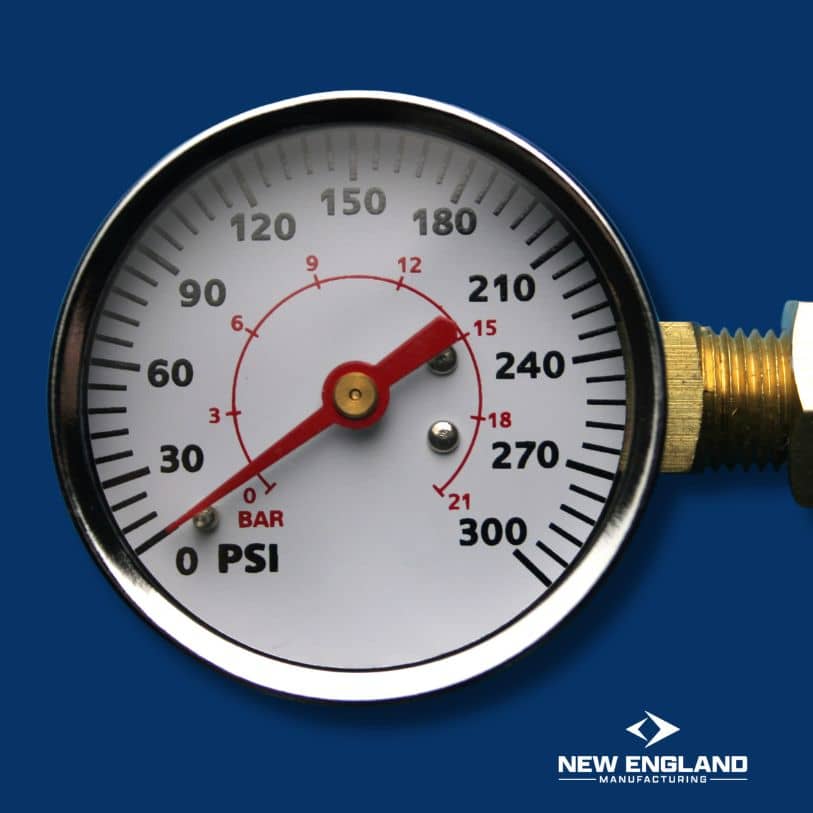Demystifying Pitot Tube Pressure: Unveiling the Essentials of Aerospace Instrumentation
In the fascinating world of aviation and aerospace, understanding the intricate details of various instruments is crucial. One such instrument, often overlooked but vital for the safety and efficiency of flight, is the pitot tube. This remarkable device plays a pivotal role in measuring airspeed, a fundamental parameter for any aircraft. In this post, we’ll delve into the essentials of pitot tube pressure, unraveling its workings, significance, and diverse applications. Our goal is to provide a clear, straightforward explanation of this important concept, making it accessible to enthusiasts, students, and professionals alike.
Understanding Pitot Tube Pressure: The Basics
At the heart of understanding the pitot tube is grasping the concept of pitot tube pressure. This pressure is the key to measuring an aircraft’s airspeed. The pitot tube, a simple yet ingenious device, captures the air pressure created by the aircraft’s forward motion. It’s fascinating how this simple pressure reading translates into vital data for pilots. In this section, we’ll break down the basics: how the pitot tube works, its design, and the fundamental principles behind its operation.
Pitot Tube Pressure in Action: Ensuring Flight Safety
Ensuring flight safety is a top priority in aviation, and pitot tube pressure plays a critical role in this regard. This section will explore how the readings from a pitot tube contribute to safe flying conditions. We’ll discuss real-life scenarios where the accuracy of pitot tube pressure readings is crucial, such as during takeoff, cruising, and landing. The importance of regular maintenance and the consequences of pitot tube failures will also be highlighted, underscoring the significance of this seemingly modest instrument.
Beyond Aviation: Diverse Applications of Pitot Tube Pressure
While commonly associated with aircraft, the application of pitot tube pressure extends beyond the realm of aviation. This section will illuminate the versatility of the pitot tube, showcasing its use in various fields. From meteorology to automotive testing and industrial processes, the pitot tube’s ability to measure fluid velocity is invaluable. We’ll explore these diverse applications, demonstrating the broad impact of this technology across different sectors.
The Science Behind the Measurements: How Pitot Tube Pressure Translates to Airspeed
A key aspect of understanding pitot tube pressure is grasping how it translates to airspeed. This section delves into the science behind this transformation. We’ll explore the principles of fluid dynamics that enable the pitot tube to convert pressure readings into speed measurements. Special focus will be given to Bernoulli’s principle and how it applies in this context. This explanation aims to demystify the technical process, making it comprehensible even to those with a basic background in physics.
Technological Advances: The Evolution of Pitot Tube Pressure Measurement
The world of aerospace is ever-evolving, and so are the instruments used in it, including the pitot tube. This section traces the technological advancements in the design and functionality of pitot tubes. From their initial conception to the latest digital variants, we’ll explore how these changes have improved accuracy and reliability. The integration of pitot tubes with modern avionic systems and the future potential of these developments will also be discussed, offering a glimpse into the future of aerospace instrumentation.
Practical Insights: Maintaining and Troubleshooting Pitot Tube Pressure Systems
Practical knowledge about maintaining and troubleshooting pitot tube pressure systems is invaluable. This section offers hands-on advice and insights for those involved in the maintenance of aircraft. We’ll cover routine checks, common issues encountered with pitot tubes, and effective troubleshooting techniques. This practical guide aims to equip technicians and engineers with the knowledge to ensure the optimal performance of pitot tube systems, thereby contributing to overall flight safety.
Conclusion
In this comprehensive exploration of pitot tube pressure, we’ve uncovered its fundamental workings, its critical role in ensuring flight safety, and its varied applications beyond aviation. We’ve also delved into the scientific principles underlying its operation, the technological advancements enhancing its accuracy, and the practical aspects of its maintenance. The pitot tube, a small yet essential component in the vast domain of aerospace, exemplifies how simple concepts can have far-reaching impacts. Understanding pitot tube pressure is not just about grasping a technical detail; it’s about appreciating a vital cog in the complex machinery of aviation that ensures safety in the skies and broadens our capabilities across various fields. As technology continues to advance, the evolution of instruments like the pitot tube will undoubtedly play a key role in shaping the future of aerospace exploration and beyond.
Read More:

Mark R.
With a strong foundation in industrial safety and fire protection systems, Mark R. specializes in creating clear, technical, and compliance-driven content. Writing for SafeTech Reports, he covers topics such as fire hydrant testing, PPE protocols, emergency procedures, and smart technology integration in safety systems. His work ensures that professionals stay informed on the latest regulations, best practices, and emerging trends in safety and infrastructure maintenance.
Get in touch
We usually respond within 24 hours
Need Reliable Water Flow Test Equipment?
For over 70 years, New England Manufacturing has been the trusted source for fire hydrant and water flow testing kits. From pitot gauge kits to custom test kits, we provide precision, durability, and expert calibration to meet your needs.
- Custom-built test kits
- High-quality pressure gauges
- Reliable calibration services


